When it comes to selecting the perfect fragrance, understanding the differences between perfumes, Eau de parfum, eau de toilette, and eau de cologne is crucial. These terms denote the concentration of aromatic compounds in a fragrance, ultimately influencing its intensity, longevity, and overall character. In this article, we will demystify fragrance concentrations, helping you make informed choices and discover the scent that suits your preferences and lifestyle.
- Perfume:
Perfume, also known as parfum or perfume extract, boasts the highest concentration of fragrance oils. Typically, it contains between 20-30% aromatic compounds, making it the most potent and long-lasting option. Due to its rich concentration, perfume offers a luxurious and enveloping experience, unfolding its complex layers of notes over an extended period. A few small sprays or dabs of perfume are sufficient to leave a lingering impression throughout the day. - Eau de Parfum:
Eau de Parfum (EDP) is the next level of concentration, slightly lower than perfume. It typically contains around 15-20% aromatic compounds, mixed with a higher proportion of alcohol and water. EDP strikes a balance between longevity and projection, offering a captivating and enduring scent experience. With moderate intensity, it is suitable for various occasions, and a few sprays can last for several hours. - Eau de Toilette::
Eau de Toilette (EDT) represents a lighter concentration of fragrance, making it ideal for everyday wear and warmer climates. It contains approximately 5-15% aromatic compounds, diluted with a higher proportion of alcohol. EDT offers a refreshing burst of scent that gradually settles into a softer, more subtle aroma. Although its longevity is shorter compared to perfume and EDP, it still provides a pleasant fragrance experience for a few hours. - Eau de Cologne:
Eau de Cologne (EDC) has the lowest concentration of fragrance oils among these categories. Traditionally, it contains around 2-4% aromatic compounds, blended with a higher alcohol content. EDC is known for its invigorating and uplifting qualities, often featuring citrusy and herbal notes. While EDC offers a more fleeting fragrance experience, it is prized for its refreshing and revitalizing effect, making it popular for daytime use and as a splash-on after-shave.
Key Differences
- Concentration:
The key differentiating factor among these fragrance categories is the concentration of aromatic compounds, with perfume having the highest concentration, followed by EDP, EDT, and EDC in descending order. - Longevity:
Perfume provides the longest-lasting scent, often lingering for an entire day, while EDP offers a robust fragrance that can last several hours. EDT and EDC have shorter durations, fading gradually over time. - Projection:
Perfume and EDP tend to project strongly, creating a noticeable scent trail, while EDT and EDC have a softer sillage and stay closer to the wearer’s skin. - Occasions and Seasons:
Perfume and EDP are suitable for special occasions and colder seasons, while EDT and EDC are favored for everyday use and warmer climates, offering lighter and more refreshing options.
To wrap it up, delving into the realm of perfume classifications bestows upon you the knowledge to navigate the intricate world of fragrances. The varying distinctions among perfume, Eau de parfum, eau de toilette, and Eau de cologne empower you to embark on a scented journey tailored to your desires and requirements.
Whether you yearn for an enduring symphony of captivating aromas that linger on your skin or a vivacious and refreshing fragrance to accompany your everyday ventures, comprehending the intricacies of fragrance concentrations unveils a universe of olfactory possibilities. This newfound understanding allows you to curate a scented narrative that harmonizes with your individuality, revealing your essence and adorning your presence with a fragrant aura that resonates with your personality and distinctive style.
Exploring the Differences Between Perfumes, Eau de Parfum, Eau de Toilette, and Eau de Cologne

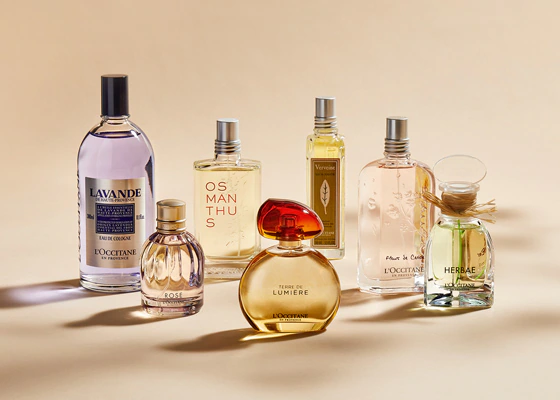
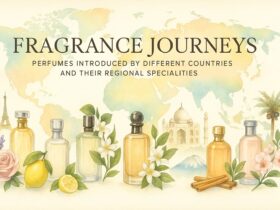
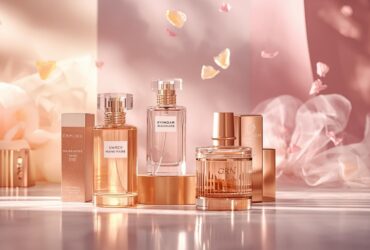
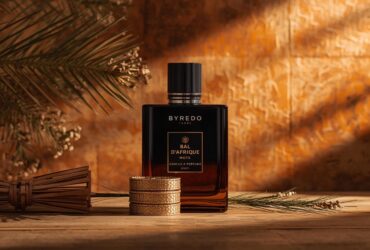
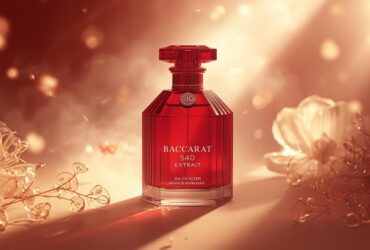
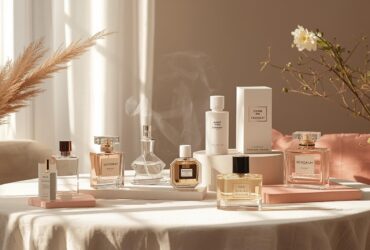
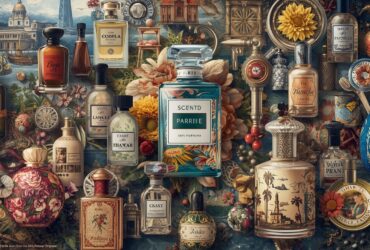

Leave a Reply